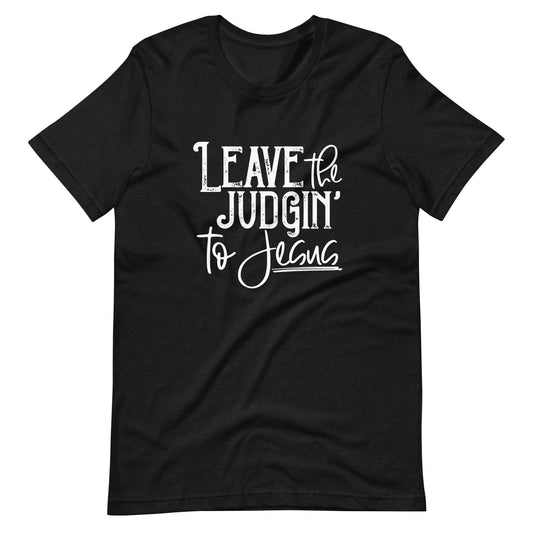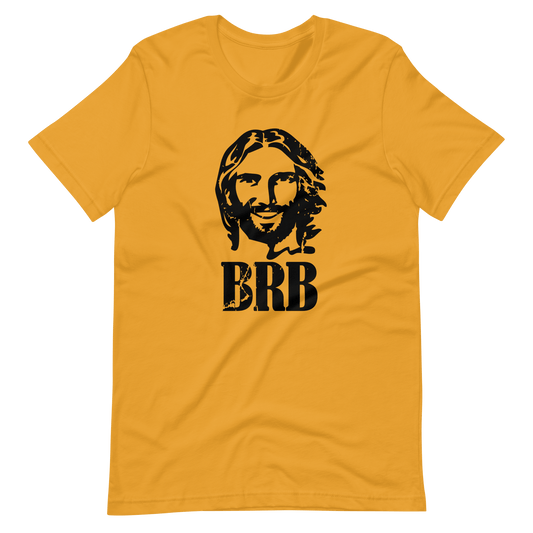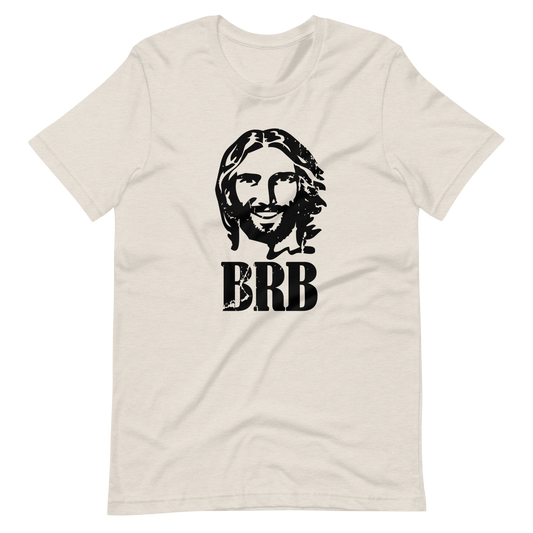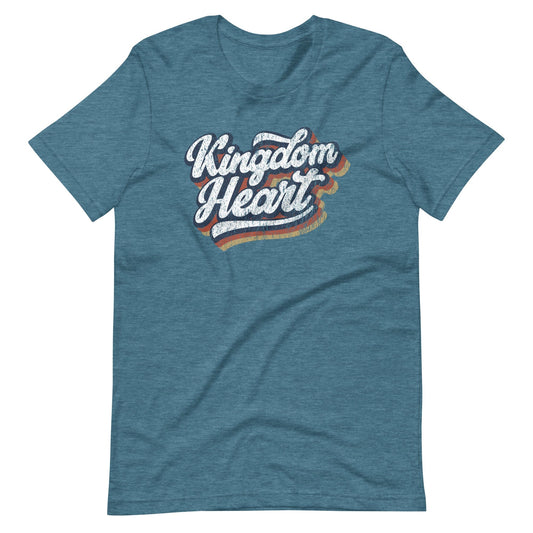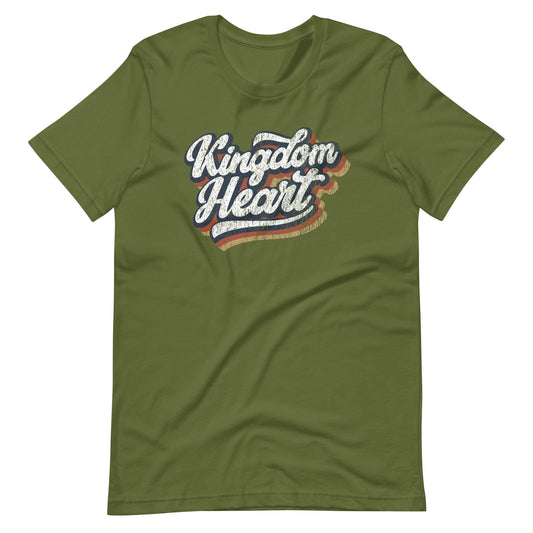The Book of Daniel is filled with captivating visions and prophecies that reveal God's plan for the future, and one of the most striking is Daniel’s dream of the four great beasts.
In this dream, Daniel sees a series of strange and powerful creatures rising from the sea, each representing a kingdom that will play a crucial role in world history. These symbolic beasts not only reflect the rise and fall of empires but also provide insight into the unfolding of God’s eternal kingdom.
But what are the 4 great beasts, and what do they represent? In this blog post, we will explain.
What are the 4 great beasts?
In Daniel 7, the four great beasts represent four kingdoms or empires that rise and fall in human history. Each beast symbolizes a different world power. Daniel's vision describes them as follows:
-
The First Beast: A Lion with Eagle’s Wings (Daniel 7:4)
Symbolism:
This beast represents the Babylonian Empire.
Description:
A lion, which is powerful and regal, with eagle's wings. The wings are later plucked, and the lion stands on two feet like a man, symbolizing the weakening of the Babylonian Empire, particularly under King Nebuchadnezzar, who was humbled by God and then restored (Daniel 4).
-
The Second Beast: A Bear (Daniel 7:5)
Symbolism:
This beast represents the Medo-Persian Empire.
Description:
A bear, raised up on one side, with three ribs in its mouth. The bear being raised on one side symbolizes the dominance of Persia over the Medes. The three ribs in its mouth are thought to represent three significant conquests, possibly of Lydia, Babylon, and Egypt, showing its aggressive expansion.
-
The Third Beast: A Leopard with Four Wings and Four Heads (Daniel 7:6)
Symbolism:
This beast represents the Greek Empire, particularly under Alexander the Great.
Description:
A leopard, known for speed, has four wings, symbolizing the rapid conquest of the world by Alexander. The four heads represent the division of the Greek Empire into four parts after Alexander's death, ruled by his generals (the Diadochi).
-
The Fourth Beast: A Dreadful, Terrifying Beast with Iron Teeth (Daniel 7:7)
Symbolism:
This beast is often interpreted as the Roman Empire or a future world empire.
Description:
Unlike any animal, this beast is described as terrifying, strong, and destructive. It has large iron teeth, symbolizing its unmatched power, and ten horns, which represent ten kings or kingdoms that will come from this empire. The "little horn" that arises later (Daniel 7:8) is seen as a future oppressive ruler, speaking boastfully and persecuting God's people.
Summary of Interpretation:
These four beasts symbolize successive world empires:
- Babylonian Empire (Lion with eagle’s wings),
- Medo-Persian Empire (Bear),
- Greek Empire (Leopard with four wings and four heads),
- Roman Empire or a future world power (Terrifying beast with ten horns).
The vision concludes with God (the Ancient of Days) establishing an eternal kingdom after these empires fall.
What do the 4 Beasts Represent in Revelation?
In the Book of Revelation, the four beasts (or living creatures) are described in Revelation 4:6-8. These creatures are not the same as the beasts in Daniel but have a symbolic role around God's throne in heaven. Here's what each of the four living creatures represents:
-
First Creature (Like a Lion)
This symbolizes strength, majesty, and kingship. The lion is often seen as the king of beasts and represents God's sovereign authority.
-
The Second Creature (Like a Calf or Ox)
This symbolizes service, endurance, and sacrifice. The ox is known for its strength in labor and its role in sacrifices, pointing to Christ's sacrifice and the servitude of God's people.
-
The Third Creature (With a Face Like a Man)
This symbolizes intelligence and reason. It emphasizes humanity's unique ability to think, reason, and relate to God on a personal level.
-
The Fourth Creature (Like a Flying Eagle)
This symbolizes swiftness and vision. The eagle is a symbol of high vision and the ability to see far, representing God's omniscience and the far-reaching nature of His will.
These four living creatures, each with six wings and full of eyes, are often interpreted as representing different aspects of creation, praising God day and night and declaring His holiness. Their continuous worship symbolizes God's eternal reign and glory.
What was Daniel's vision of the fourth beast?
Daniel's vision of the fourth beast is described in Daniel 7:7-8 and further explained in Daniel 7:19-27. This fourth beast is unlike any of the previous three beasts, and it is portrayed as terrifying and extremely powerful. Here’s a breakdown of Daniel’s vision of the fourth beast:
Description of the Fourth Beast (Daniel 7:7-8):
The fourth beast is described as terrifying and dreadful and exceedingly strong. It had large iron teeth and devoured, crushed, and trampled everything underfoot, symbolizing its destructive power. Unlike the other beasts, it was distinct and more frightening. It had ten horns, which represent ten kings or kingdoms. Among the ten horns, a little horn arises, displacing three of the original horns. This "little horn" has eyes like a man and a mouth that speaks boastfully, symbolizing a ruler or power that is intelligent, arrogant, and blasphemous.
Interpretation of the Fourth Beast (Daniel 7:19-27)
The fourth beast represents a kingdom that is more powerful and brutal than the previous three (commonly interpreted as the Roman Empire or a future world empire).The ten horns symbolize ten kings that will arise from this kingdom, with the little horn representing another powerful ruler that will overthrow three of the ten.
This ruler (the little horn) is characterized by blaspheming God, persecuting the saints, and attempting to change laws and times.
The vision concludes with the Ancient of Days (God) rendering judgment. The dominion of this fourth beast is taken away, and the saints of God receive an everlasting kingdom.
This vision is often understood as a prophecy about the rise and fall of empires and a final oppressive world power before God’s ultimate judgment and the establishment of His eternal kingdom. Many Christian interpretations see the fourth beast as representing a future world empire in the end times.
What Are Daniel's Four Visions?
In the Bible, Daniel had four significant dreams and visions recorded in the Book of Daniel:
-
The Vision of Four Beasts (Daniel 7)
This dream occurred during the first year of King Belshazzar's reign. Daniel saw four great beasts emerging from the sea, symbolizing four kingdoms.
-
The Vision of the Ram and the Goat (Daniel 8)
In the third year of Belshazzar's reign, Daniel had a vision of a ram and a goat, representing the kingdoms of Media-Persia and Greece.
-
The Vision of the Seventy Weeks (Daniel 9)
Daniel received a revelation concerning the future of Israel, including a prophecy of seventy weeks, which are often interpreted as symbolic periods of time pointing to future events.
-
The Vision of the Final Conflict (Daniel 10-12)
This is the final and longest vision, which Daniel received in the third year of Cyrus, the king of Persia. It describes the future conflicts, leading up to the end times.
These visions and dreams are symbolic and prophetic, revealing both immediate and far-reaching future events.
Conclusion
The visions in the Book of Daniel, particularly the dream of the four great beasts, offer profound insight into the unfolding of world history and the ultimate sovereignty of God’s eternal kingdom. Each beast symbolizes powerful empires that rise and fall, but Daniel’s dream reassures us that no earthly power can last forever. In the end, God will establish His everlasting kingdom, bringing justice and peace. These prophetic visions not only provide a glimpse into historical events but also encourage us to trust in God's divine plan, knowing that His rule will prevail over all earthly kingdoms.
Comments
If you enjoyed reading this blog post, please like, share and/or leave a comment below!
You May Also Love
Printable Bible Verse Cards About Dreams
What is the Biblical Meaning of Praying for Someone in a Dream?



